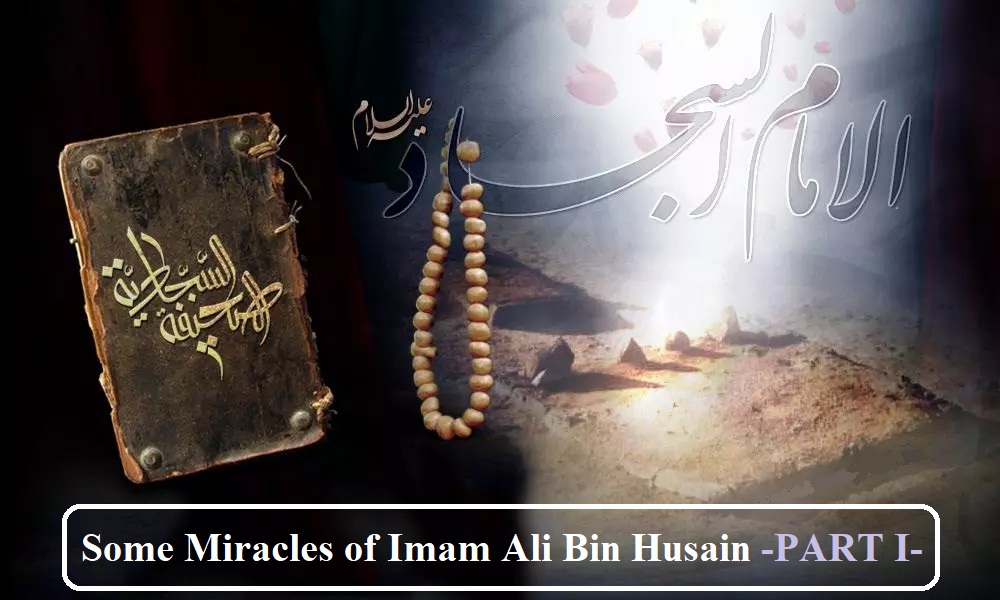WHAT IS A MIRACLE?
Allah has made laws for all his creation. These laws can be divided into two types. First, there are those laws, which no one can change. These are sometimes called the laws of nature. For example, the sun rises in the east and sets in the west. The character of water is to cool and that of fire is to burn. No one can bring the dead back from death; these are but a few examples of the laws of nature.
Then there are the laws of Allah which are in the hands of man and they can change them against the will of Allah. For example, the law of Allah forbids to have relationship with another man as if he was a woman. (This act was very common with the people who lived during the times of Nabi Loot) But man can change this law, though by doing so he commits a sin.
Miracle is said to have taken place when a law of nature, which in normal conditions cannot be changed, is indeed changed. For example, the Qur’an tells us of the miracles of Nabi Isa (A.S). He was born without his mother having any relationship with a man. Again, when he was born, he started talking, telling people that he was a Prophet with a book from Allah. Or that he made the dead return to life. These acts are not normal and they are called miracles or “Mojiza”.
Miracles take place only when Allah wishes and He does so for very special reasons. The main reason is that: Allah wants to prove his existence. The Prophets and 12 Imams show miracles only when Allah wishes them to do so. For example, Nabi Musa could turn his stick into a snake to show that he had this power given to him by Allah.
Another good example of miracle is that’: Our Prophet, Hazrat Muhammad (S.A.WW), split the moon into two parts to prove to the “Kuffar” of Mecca that he was a true Messenger of Allah.
Besides the Prophet (S.A.W.W), the other 13 Masoomin (That is Hazrat Fatima and our 12 Imams) also did show miracles when it was necessary to do so and when Allah wished them to do so.
Before I give examples of the miracles that Imam Zainul Abidin showed, I shall explain the difference between a miracle and magic.
Whereas a miracle is the work of the men of Allah, magic is the work of Shaitan or only a trick performed so cleverly that for sometime we see a change in natural laws. For example, in the Qur’an we are told that Firawn (Pharo) called magicians who could turn threads into snakes.
The difference between magic and miracle is the same as the difference. Between the snakes of magicians and that of Nabi Musa. The magician’s snakes were not real, the one of Nabi Musawas. As a result, the magician’s snakes only appeared like snakes and therefore could do no harm or even fight with Nabi Musa’s snake which swallowed the threads of the magicians. The threads disappeared for good.
The Miracles of Imam Zainul Abidin (A.S)
Several miracles were shown by the Imam (A.S) but we shall look at only two of them.
MIRACLE 1
After the martyrdom of Imam Husain (A.S), the army of Yezid cut-off the heads of all the martyrs of Kerbala and removed them from their bodies. Then they left those bodies without burying them. They did not allow Imam Zainul Abidin (A.S) to bury these martyrs. Instead, they took him a prisoner to Kufa.
After the army of Yezid had left for Kufa, the tribe of Bani Asad, who lived in the neighbourhood of Kerbala, came to bury the martyrs. Since there was no way by which they could know whose body belonged to whom, they were worried.
Suddenly, they saw a man on a horse coming in their direction. Fearing that this could be a spy of Yezid coming to check on them, the Bani Asad went into hiding. The man came where they were hiding and called them to come out. He told them that he was Ali Ibn Husain (A.S) and had come through miracle from Kufa to help them identify and bury the martyrs.
In this way, Imam Zainul Abidin (A.S) buried the martyrs and his father where they lie buried today.
His coming to Kerbala was very important for two reasons. Firstly, an Imam from Allah has to be given the burial services, when he dies, by the Imam who takes over from him. No one could give the burial services to Imam Husain (A.S) except him.
But he was miles away and in chains as a prisoner of Ibn Ziyad in Kufa. He therefore came to Kerbala by miracle. Secondly, only he knew who was who. Otherwise, we would never know who was buried where the way we know today.
Source:
A Brief Biography of Ali Ibn Husain (a.s)
By: Muhammad Reza Dungersi. PH.D
[Vol. 1, Pg. 28-30].

